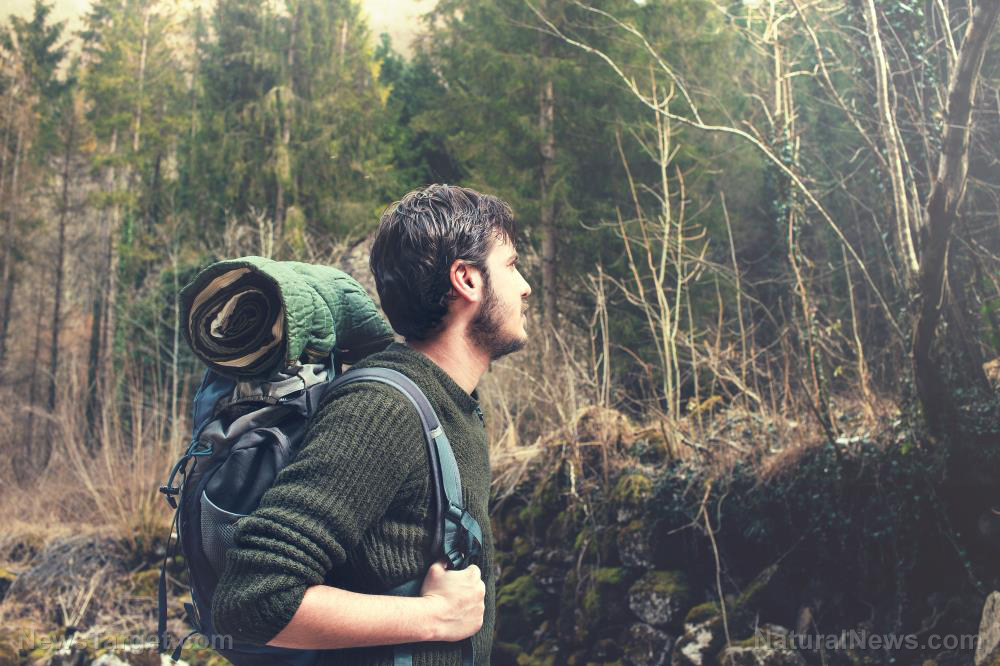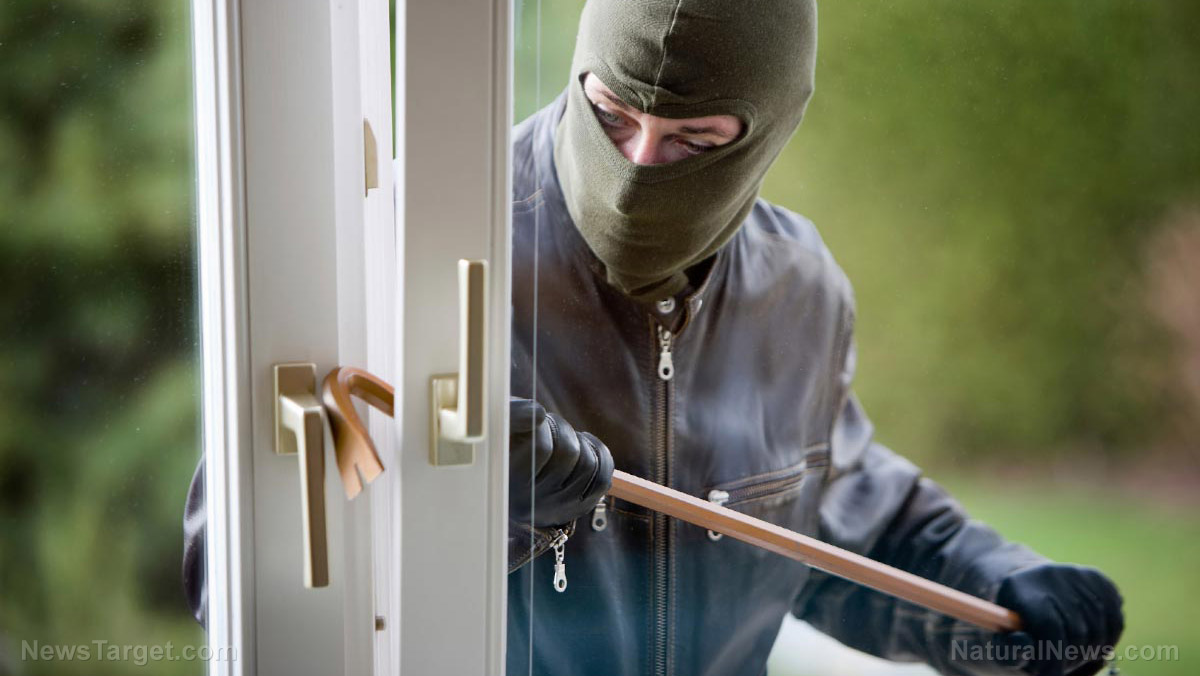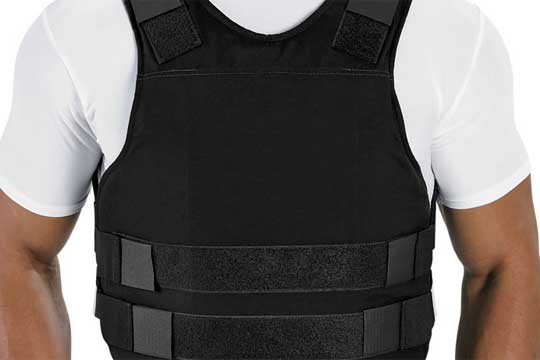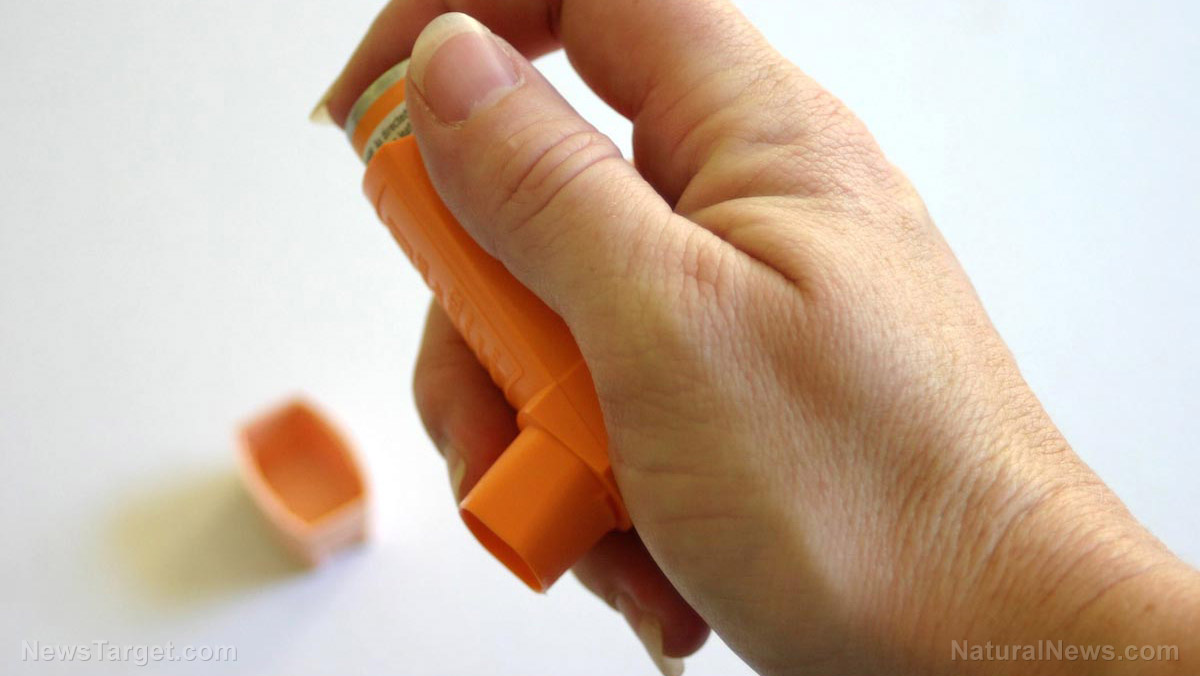Bug out basics: How to efficiently pack your bug-out bag
08/26/2021 / By Arsenio Toledo

When disaster strikes, you need to move quickly to get yourself and your family to a safe bug-out location. This means you need to pack your bug-out bag. You need to pack enough of your essential gear in it. And once packed, your bug-out bag needs to be lightweight enough that you have little to no problem hiking with it to your bug-out location. Here are some tips to properly packing your bug-out bag. (h/t to PreparedForThat.com)
Organize what you want in your bug-out bag
Some of the most important items you need in your bug-out bag are food, water, medicine, hygiene items, survival tools, clothing and self-defense gear.
These are just the basics, and you should add more items based on your specific needs. You may also do away with some of these items if you are absolutely certain you will not need them.
If you expect to spend less than a day traveling, you can probably skip packing food. But if you will spend more than a day traveling, pack a tent and a sleeping bag.
You must also take the weather into account. If you are expecting rain, use a waterproof bug-out bag and pack a raincoat. If you are expecting intense heat, switch out the raincoat to make space for more water bottles and consider switching out some thick clothing for more comfortable apparel.
If you find yourself lacking in space, consider getting a larger bug-out bag. If you do this, you need to make sure you can realistically carry that much weight over long distances. Alternatively, you can just reconsider whether the extra gear you want to bring is really essential to your survival.
Pack your bug-out bag the right way
Once you have figured out what you want in your bug-out bag, it is time to start packing. The main principle that comes with packing your bag is organizing everything based on importance and usage.
This means placing all of your non-immediate items at the very bottom of your bag. This includes your cooking utensils, tent and sleeping bags. You might feel inclined to put all of your heaviest gear in the bottom of your bag. This is not recommended. All of your heavy equipment needs to go in the very middle of your bug-out bag.
By doing this, you manipulate your bag’s center of gravity to make it feel lighter. This allows you to carry your bag for longer without feeling too encumbered. This also helps you balance your bag more easily. This can be very beneficial if you have to go through difficult terrain.
Finally, your most important items should be placed at the very top of your bug-out bag. These include self-defense gear like knives and firearms, water containers, flashlights, first aid kits, navigation tools and communication devices.
Avoid putting too many tools at the top of your bag. This will defeat the purpose of packing light on top. Doing this risks making the top of your bug-out bag just as heavy as the bottom of the middle.
Test your bug-out bag
Now that you have packed your bug-out bag, the last thing you need to do is go out for a hike to test it out for yourself.
This step is very important because it helps you figure out key details regarding your bug-out bag and the process of bugging out. You will discover items you need that you may not have thought of packing. You will also get acquainted with the weight of your bug-out bag and how far you can realistically travel before needing to rest. (Related: Bug out basics: How far can you walk while carrying a bug-out bag (BOB)?)
Getting through an SHTF situation can be very difficult and stressful. But with a good bug-out bag filled with all of your essentials, you and your family can get yourselves out of the disaster area quickly and without much trouble.
Learn more about how to bug out efficiently by reading the latest articles at BugOut.news.
Sources include:
Tagged Under: bug out, bug out bag, bug out basics, disaster, off grid, preparedness, prepping, SHTF, survival, survivalist, tips
RECENT NEWS & ARTICLES
COPYRIGHT © 2017 OFFGRID NEWS




















